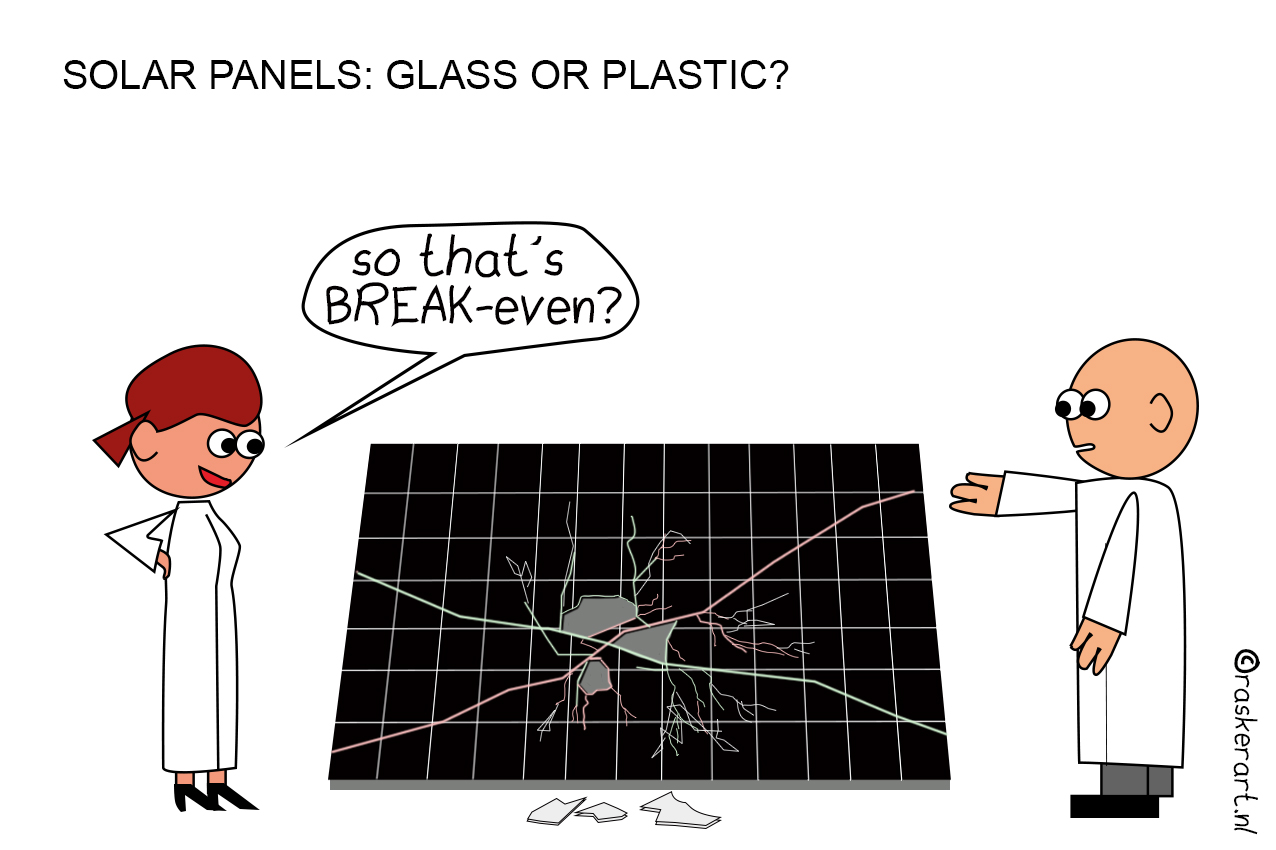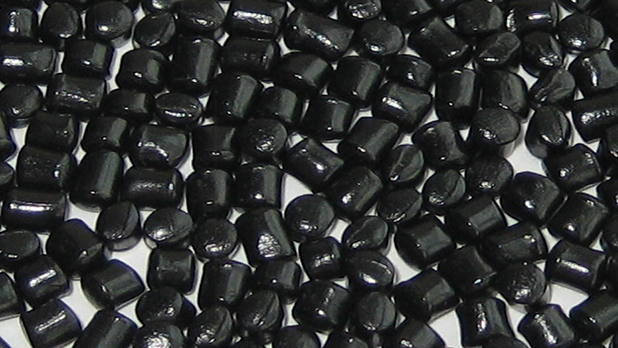
A team of researchers from the UK and Japan has found that the tiny defects which limit the efficiency of perovskites – cheaper alternative materials for solar cells – are also responsible for structural changes in the material that lead to degradation, writes the University of Cambridge in a press release.
The researchers used a combination of techniques to mimic the process of aging under sunlight and observe changes in the materials at the nanoscale, helping them gain new insights into the materials, which also show potential for optoelectronic applications such as energy-efficient LEDs and X-ray detectors, but are limited in their longevity.
Their results, reported in the journal Nature, could significantly accelerate the development of long-lasting, commercially available perovskite photovoltaics.
Cheaper alternative
Perovksites are abundant and much cheaper to process than crystalline silicon. They can be prepared in liquid ink that is simply printed to produce a thin film of the material.
While the overall energy output of perovskite solar cells can often meet or – in the case of multi-layered ‘tandem’ devices – exceed that achievable with traditional silicon photovoltaics, the limited longevity of the devices is a key barrier to their commercial viability.
No efficient perovskite panels yet
Because perovskite devices are much cheaper to produce, they may not need to have as long a lifetime as their silicon counterparts to enter some markets. But to fulfil their ultimate potential in realising widespread decarbonisation, cells will need to operate for at least a decade or more. Researchers and manufacturers have yet to develop a perovskite device with similar stability to silicon cells.
Now, researchers at the University of Cambridge and the Okinawa Institute of Science and Technology (OIST) in Japan, have discovered the secret to treating the ‘Achilles heel’ of perovskites.
Using high spatial-resolution techniques, in collaboration with the Diamond Light Source synchrotron facility and its electron Physical Sciences Imaging Centre (ePSIC) in Oxfordshire, and the Department of Materials Science and Metallurgy in Cambridge, the team was able to observe the nanoscale properties of these thin films and how they change over time under solar illumination.

Photodegradation of films to be handled
“Illuminating the perovskite films over time, simulating the aging of solar cell devices, we find that the most interesting dynamics are occurring at these nanoscopic trap clusters,” said co-author Dr Stuart Macpherson from Cambridge’s Cavendish Laboratory.
“We now know that the changes we see are related to photodegradation of the films. As a result, efficiency-limiting carrier traps can now be directly linked to the equally crucial issue of solar cell longevity.”
“It’s pretty exciting,” said co-author Dr Tiarnan Doherty, from Cambridge’s Department of Chemical Engineering and Biotechnology, and Murray Edwards College, “because it suggests that if you can address the formation of these surface traps, then you will simultaneously improve performance and the stability of the devices over time.”
On the way to the first perovskite panels
By tuning the chemical composition, and how the perovskite film forms, in preparing the devices, the researchers have shown that it’s possible to control how many of these detrimental phases form and, by extension, how long the device will last.
“The most stable devices seem to be serendipitously lowering the density of detrimental phases through subtle compositional and structural modifications,” said Doherty. “We’re hoping that this paper reveals a more rational, targeted approach for doing this and achieving the highest performing devices operating with maximal stability.”
The group is optimistic that their latest findings will bring us closer still to the first commercially available perovskite photovoltaic devices.
Selected for you!
Innovation Origins is the European platform for innovation news. In addition to the many reports from our own editors in 15 European countries, we select the most important press releases from reliable sources. This way you can stay up to date on what is happening in the world of innovation. Are you or do you know an organization that should not be missing from our list of selected sources? Then report to our editorial team.







